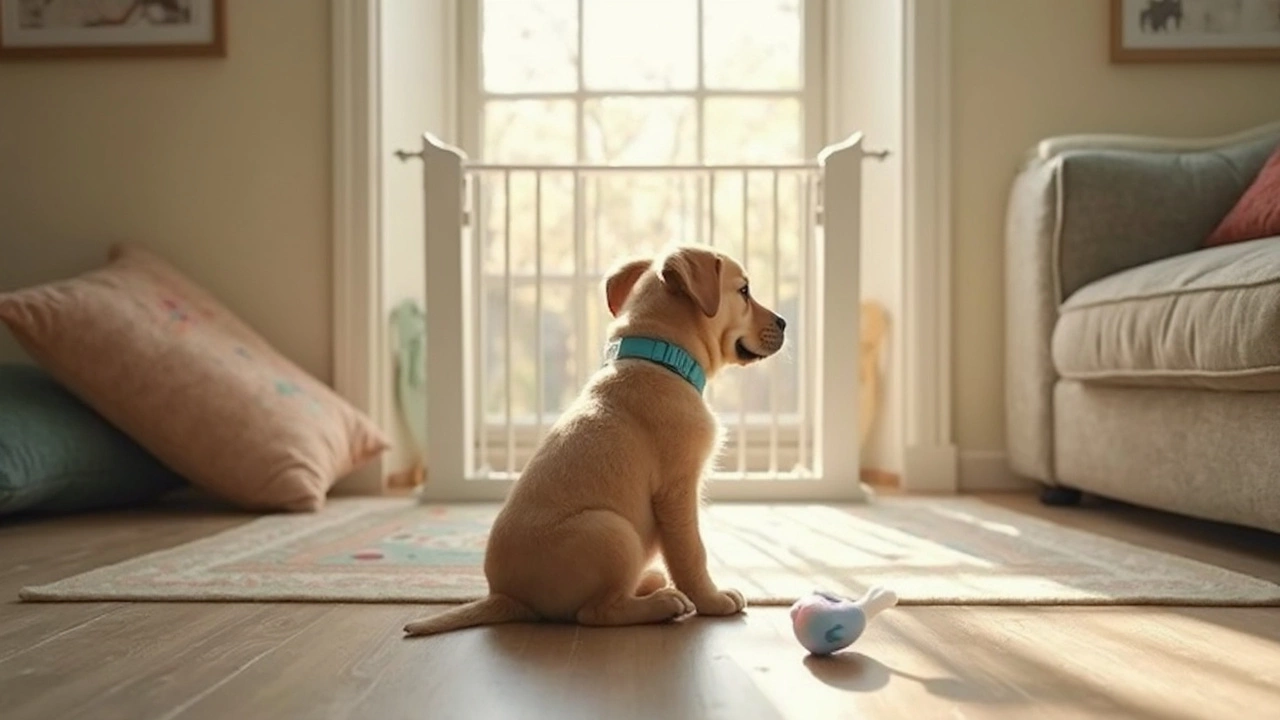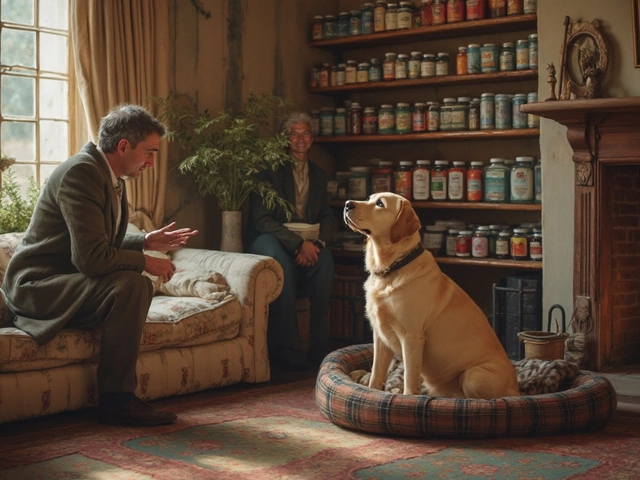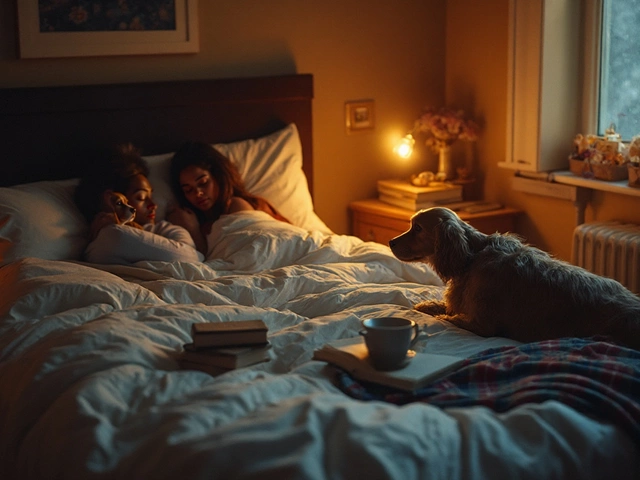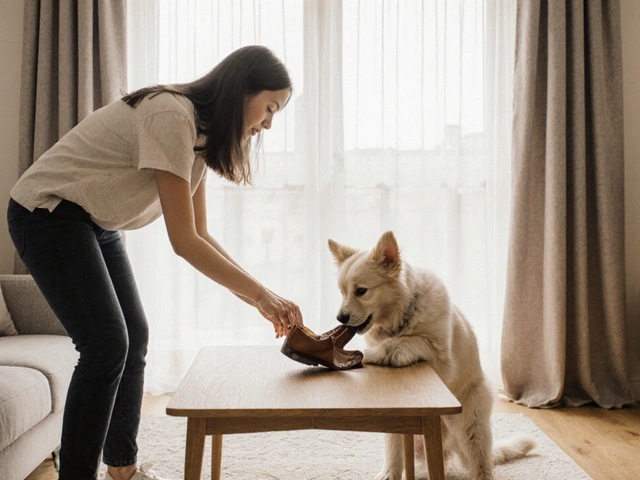One minute your puppy is dozing like an angel. The next, he’s halfway through chewing your brand-new sandal before you even know what’s up. It’s wild how quickly they go from cuddly fluff to miniature tornadoes, and it forces the classic question — puppy free roam: When is it actually safe to let your puppy have run of the house?
Here’s the thing—every puppy is different. There’s no universal timer where you hear a ding and suddenly your little furball is ready to be trusted beyond the kitchen baby gate. Yet, beneath the cute chaos, there’s a lot of science mixed in with some real-life, hands-on experience. So, if you’re standing in your hallway, coffee in hand, eyeing your puppy suspiciously while also hoping for just ten minutes without “mystery accidents,” you’re in the right place.
Why Age Isn’t the Only Thing That Matters
This surprises most people, but simply turning six months, or even a year old, doesn’t suddenly grant a puppy the magical ability to know what’s safe or where to go potty. Age is a piece of the puzzle, but not the whole picture. Think of it like kids: do you trust your eight-year-old to use the stove, or wait until they’re actually ready? Puppies are the same. It’s all about readiness—not just birthdays.
The American Kennel Club and many experienced dog trainers agree that most puppies aren’t truly ready for full free roaming until they’re between one and two years old. Why? Self-control and bladder control just aren’t reliable before that in most pups. Sure, some pups are angels who barely chew or have accidents, but plenty of us wake up to shredded electronics or mysterious puddles.
Bladder control, for example, slowly improves with age. By four months, most puppies can hold their bladders for around four hours, while at eight or nine months, they might hold it for six to eight hours—though that’s still variable. And it isn’t just about potty habits. Chewing is a big deal—teething peaks around 4-6 months, and those razor teeth will test every furniture leg, rug corner, and electrical cord they can find.
But, there are other factors too, like your puppy’s breed, personality, and even energy level. High-drive breeds (think Border Collie or Husky) need more management and supervision, sometimes for a much longer period. Laid-back breeds might mellow sooner. Personality plays in—a cautious puppy isn’t likely to throw itself into trouble the same way a bold, fearless pup will.
So while age gives you a ballpark, readiness is everything. The real key is watching your own dog, not the calendar.
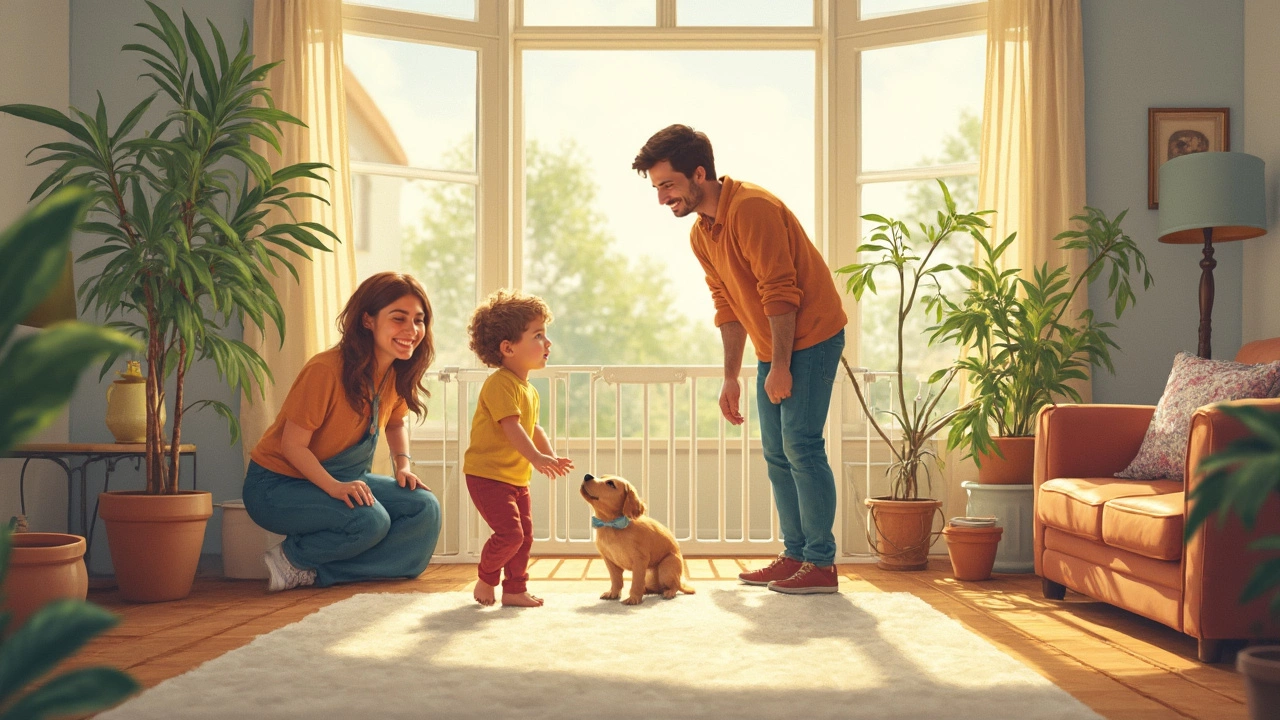
Signs Your Puppy Might Be Ready to Free Roam
Want to know when you’re getting closer to “free roam” territory? There are some pretty clear signs. Instead of one big step, it’s more like a series of checkboxes. And yes, you really do want to check the boxes. Freedom too soon doesn’t help your puppy ‘learn’—it just means more damage and clean-up for you. Here’s what to look for:
- No indoor accidents for several weeks—potty training is almost unbreakable.
- Consistently chooses toys over your slippers or cords. That means chewing is under control.
- Handles being left alone for short periods without barking, whining, or getting destructive.
- Follows basic obedience commands like ‘leave it,’ ‘stay,’ and ‘come’ 90% of the time, even when you’re not holding treats.
- Doesn’t get into trouble if left in a puppy-proofed area (like a bathroom or laundry room) for an hour or two.
- Doesn’t show strong separation anxiety—because that can trigger all sorts of “creative” chaos.
Most trainers recommend a gradual approach. Start by expanding the space little by little. For instance, after your puppy is reliably good in the crate, give them access to the kitchen while you’re in sight. Over weeks or months, open up more rooms. Some people use baby gates or exercise pens as training “free roam zones.”
Here’s a super useful nugget: A 2023 survey by the Association of Professional Dog Trainers found that households who allowed puppies to roam too soon dealt with triple the chewing incidents and twice as many house-soiling accidents compared to people who waited until their puppies were reliably trained. That’s a lot of lost shoes and carpets!
What about nighttime? Even if your puppy is doing well during the day, overnight is a different story. Puppies can get bored and curious when it’s quiet — and wake up to a brand-new world of, say, pillow stuffing or dangling power cords. Most pros recommend keeping your puppy in a crate, pen, or safe room overnight until you’re totally sure your early riser won’t treat your home like an all-you-can-chew buffet.
One more thing: Puppies sometimes regress. Even if your puppy’s a champ for weeks, a big change—like moving, travel, or a new family member—can throw off their groove. Don’t panic or give up free roaming completely, just tighten the boundaries for a bit until things settle.
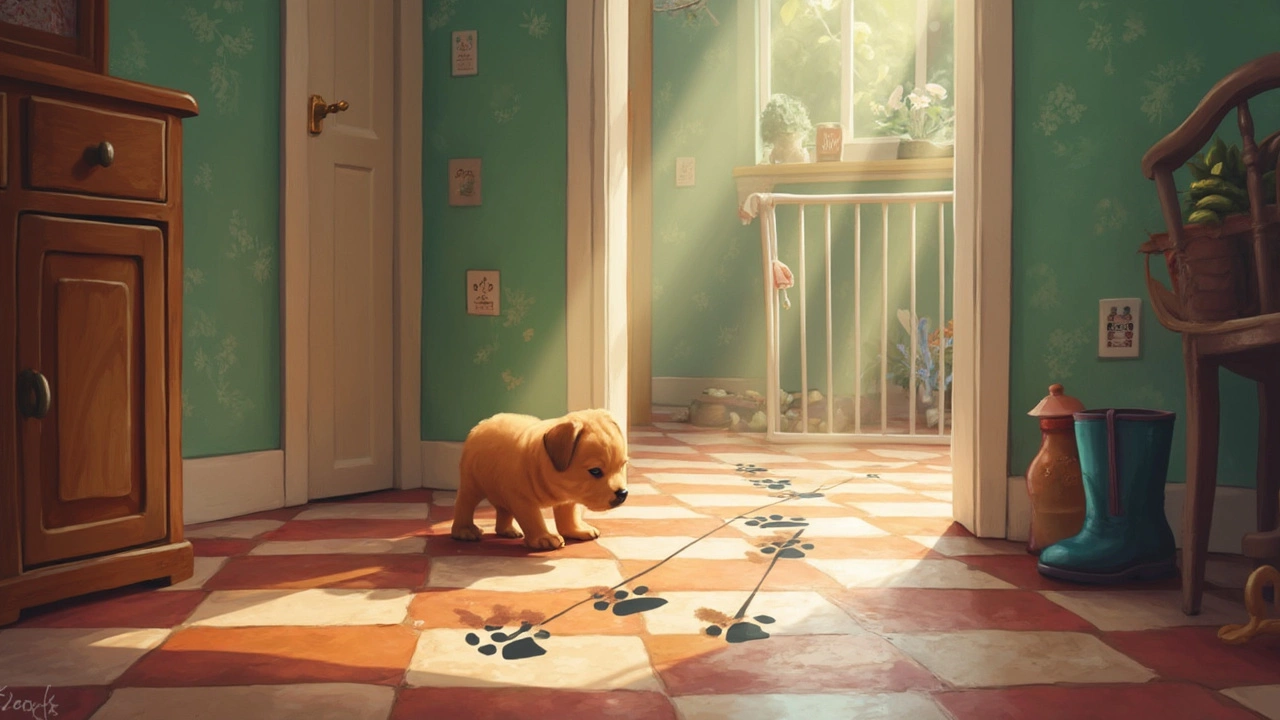
Creating a Safe Home for a Free-Roaming Puppy
Puppies have no filter and zero common sense. So even if yours is 99% predictable, giving them full access isn’t just about trust—it’s about setting the stage for safe exploration. This is where “puppy-proofing” really matters. If you’ve ever toddler-proofed a house, you’ll have déjà vu: it’s mostly the same stuff plus a dash of canine wildness.
- Tuck away electrical cords. Puppies really do love to chew on things that could zap them—or you.
- Secure trash cans. Leftover chicken bones or onion peels might be deadly for dogs.
- Block off laundry rooms or garages. Laundry pods, cleaning supplies, and sharp tools are all real hazards.
- Put away shoes, socks, and kids’ toys. (Trust me, my daughter Elsie’s dolls have all survived in exile atop the fridge until puppyhood passed!)
- Install baby gates at the top and bottom of stairs if your puppy isn’t comfortable on stairs yet.
- Use childproof latches on cabinets with food or medicine.
- Pick up things like remote controls or glasses—if it can fit in your puppy’s mouth, it’s fair game.
Here’s a neat data table that brings it home:
| Risk Factor | Percentage of Reported Incidents (Source: ASPCA, 2022) |
|---|---|
| Chewed Cables | 42% |
| Shoes Destroyed | 63% |
| Potty Accidents Indoors | 76% |
| Unsafe Food Ingestion | 27% |
| Furniture Damage | 55% |
Throw rugs, tablecloth edges, even plants—yep, a lot of common houseplants are toxic to dogs (like lilies and sago palms). Google every plant in your home before free roaming starts, or just pop them out of reach for a few months whenever possible.
Last tip—sometimes, the first sign your puppy isn’t ready to free roam is an accident when you push the limits. Instead of losing your cool, scale it back and give it a little more time. A puppy’s memory is short, but consistency matters. Celebrate small wins and treat free roaming as the final graduation gift for all your training and patience. When your puppy finally earns full range, life with your best friend hits a whole new, easier groove.
